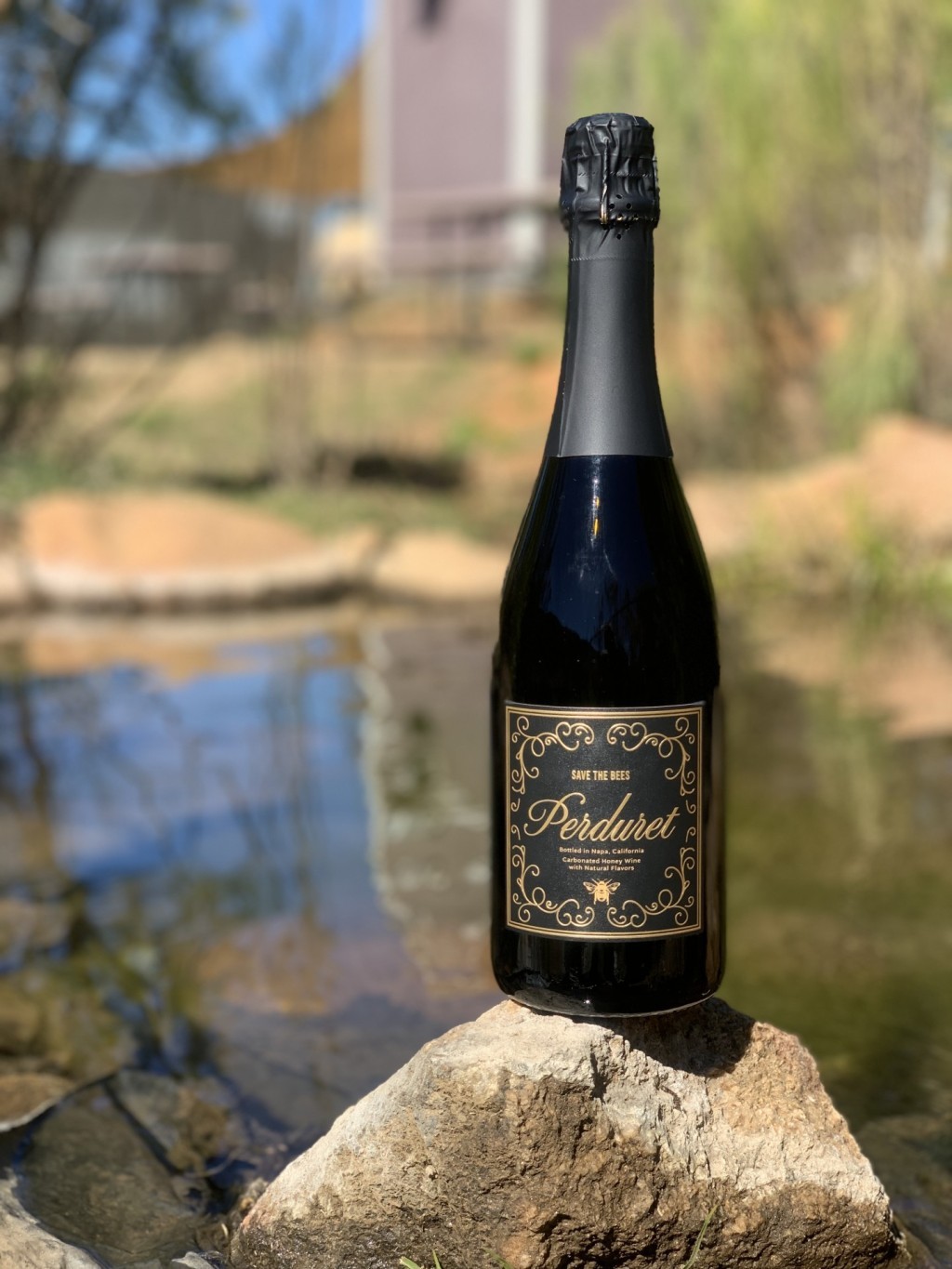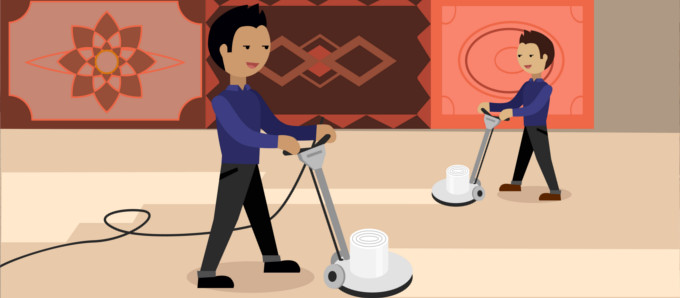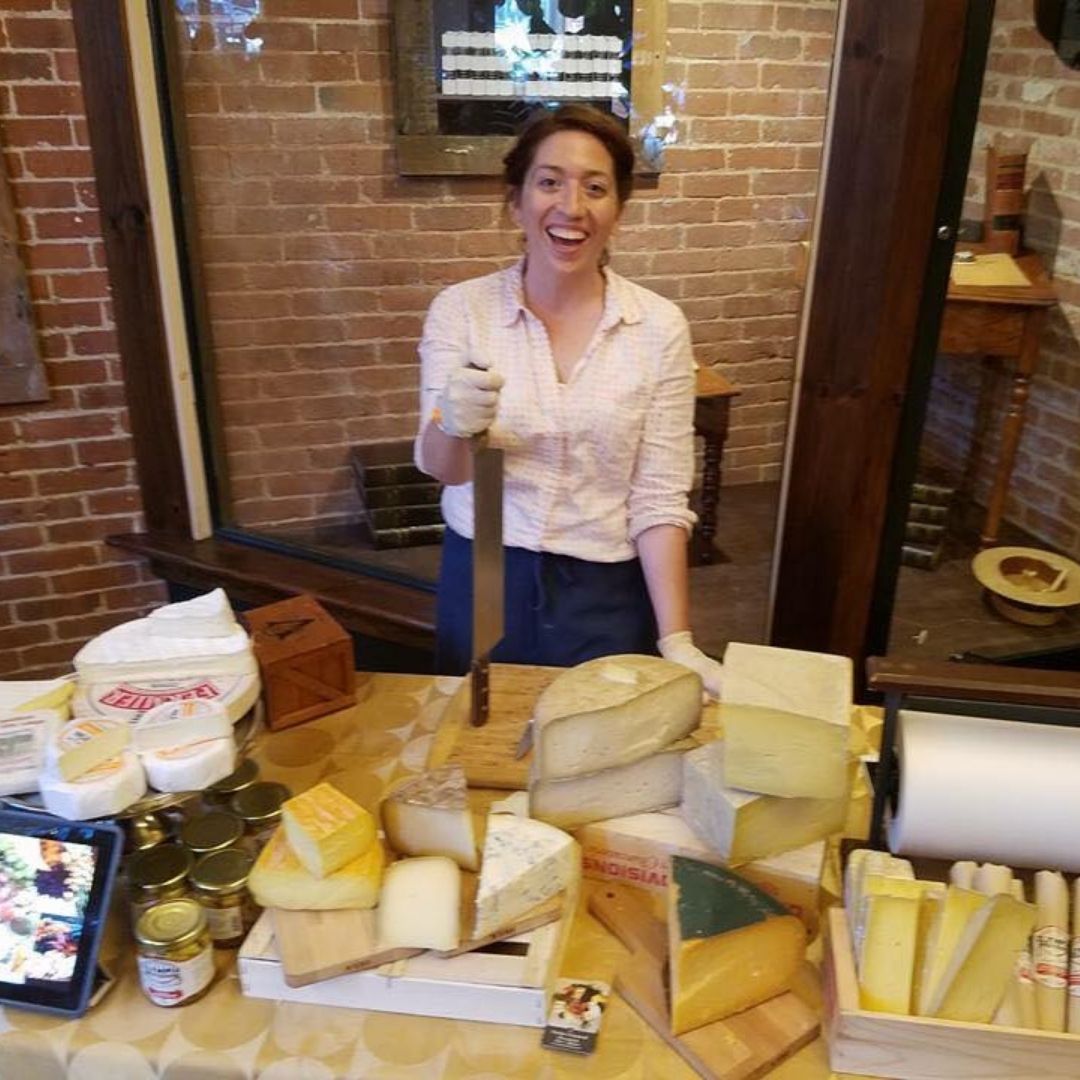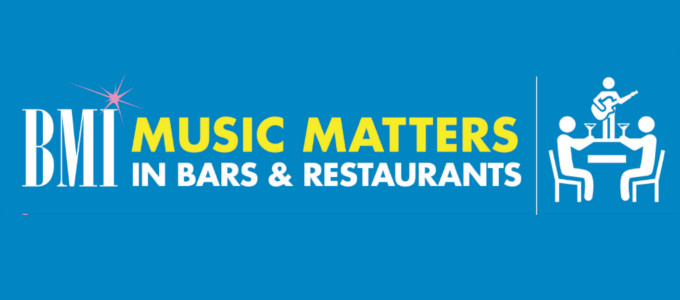By Debbie Hall
While many will claim to disrupt an industry, Pearson Brothers Winery is genuinely the most sustainable wine in the world. They produce Pearson Brothers Private Reserve Saccharo and Private Reserve Ginseng Saccharo. They have recently launched a honey bubbly called Perduet that will change how the future of sparkling wines is defined.
Pearson Brothers Winery: Pioneering Grape-Free Wine for True Sustainability
Pearson Brothers blends Wildflower honey, Valencia orange, and Indonesian vanilla to transform into delicious, smooth, grapeless, organic white honey wines. Pearson Brothers Winery launched its Saccharo wine in 2015 with great success.
The same process as Saccharo produces Perduret Sparkling wine.
The family-owned business has great pride with high attention to the product produced.
The development of wine started as a passion by two brothers, Dale Pearson and Michael Pearson, to create something unique and fantastic for friends and family.
“We wanted to produce the best white wine we could and own our own winery,” explains Dale Pearson, co-founder.
They would create their winery on a 63-acre property with an oak forest they called Rancho Agua Dulce, in the foothills of San Diego. They did not destroy any native habitat, used no water for irrigation, and did not add any chemicals to the land in any way, including no herbicides, pesticides, or waste.
“We did not want to create an environmental catastrophe,” Dale explains.
Dale’s background also explains his love of nature. He is a specialty diver (hostile environment diver) and underwater guide who worked as a camera operator and underwater guide for the Discovery, History, and National Geographic channels.
Without destroying the property to grow grapes, they knew that wild grapes grew on the property that they could harvest. They knew they could buy grapes grown elsewhere but wanted to develop their own wine using another method. A method that would lead them to turn the property into a Native Wildlife Reserve.
A passionate winemaker, Michael embarked on a dream to make a perfect wine starting in 2010, trying agave syrup, beetroot, sugar, molasses, various fruits and honey. They would ferment different concoctions to create wine. At first, they both admitted that the best ingredient for producing wine was fermented grapes.
Michael is a flight rescue nurse and knows how to help save people’s lives. He is very scientific and methodical; these traits allow him to diagnose what is wrong with the patient who is critically ill in the back of a medical transport helicopter. Michael used this skill set and attention to detail to produce the best fermentation, blends, and temperatures to make the best wine possible.
The analogy used is the difference between baking bread and baking croissants. They use the same ingredients, but it is in the technique of what is produced.
“But we took it one step further. We knew we could make wine from various other crops, but it doesn’t taste as good as making it from grapes,” says Dale. “Then we devised an idea to copy grape juice, measure Specific Gravity, the PH, and nutrient levels by blending it with water, honey, and a little sugar. Using this scientific method turned a corner for us to produce great wine.” The process would end up taking over 3 years to perfect.
The zest of a Valencia orange mimicked the skin of the grape; vanilla added smoothness and after years of perfecting the process, they received federal approval for an all-natural formulation to produce wine without using grapes.
“We called it Saccharo winemaking as the art of blending together ingredients to replicate grape juice,” says Dale. Saccharo is named after the Latin term “from sugar” as the theory goes, all wine is fermented sugars from agriculture.
They cannot label it mead (also called hydromel) as an alcoholic beverage made by fermenting honey mixed with water since the honey content is not high enough to label it mead.
“We are not trying to make wine from honey but make the best wine in the world, so the progression was determining what could be locally sourced and what can we do very well.”
As for the honey used, the bees create wildflower honey from the flowers and grass in the reserve to be used in the Saccharo blend. Their new affiliation with Savethebees.com a group focused on Honeybee health and honey products has also allowed access to year round hives and honey.
“Our bees can harvest all that abundance of nature, and we can use that honey to blend with our other ingredients and produce as much wine from our 63-acre reserve as a standard vineyard. We use no water to irrigate and don’t need to use pesticides. We don’t do any weed control and use no farm equipment with engines and emissions in our operational facility.”
The public can only gain access to the wildlife reserve through us on one of our guided tours. “We have found a way to use a wild habitat to produce wine,” says Dale. “I don’t believe this has been accomplished on this scale elsewhere.”
The Saccharo winemaking process also creates a new level of water conservation in a drought-stricken California. The traditional grape-based winemaking process can use over 430 gallons of water to make just one gallon of wine. The Saccharo winemaking process uses one gallon of water for every gallon of Saccharo produced.
“The word ‘sustainability’ has been used in marketing to make some things sound sustainable when frankly they are not sustainable at all,” states Dale. “We are utilizing resources such as land, habitats, and water, and those resources are being depleted and are finite. That is not sustainable. Using a solar-power pump to pump a well dry and dry out your neighbor’s well to irrigate land is not sustainable.”
Read Also: High Tea Redefined: Exploring Compostable Luxury in F & B
The wildlife reserve is a sanctuary for all the wildlife and native habitat, including a 200-year-old oak tree. They refuse to cut down any trees or allow a shovel to the ground in the reserve, and it remains forever a native habitat sanctuary.
“For us, winemaking is not how we get there but where we want to be when it is done. We have so many technological advances and resources now to make it sustainable in a more efficient, more controlled, and more consistent manner,” says Dale. “For example, winemakers don’t have to ferment in an oak barrel because they can now purchase oak chips to be placed in the wine to ferment with the same oak tannins without creating barrels.”
The reserve is open to the public every Saturday and Sunday from noon to 6 p.m. with free tastings. The wine is sold nationwide from an online platform and is in limited edition numbered batches. For more information, visit pearsonbroswinery.com and perduret.com and follow on Facebook and Instagram @ pearsonbrotherswinery.







